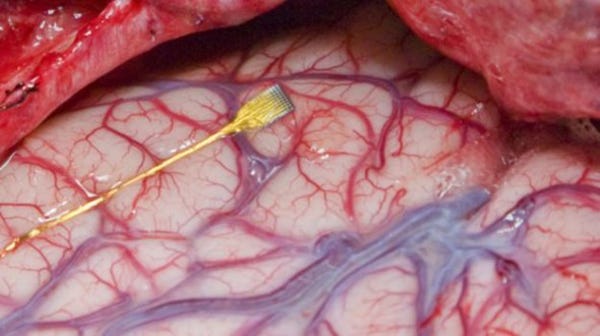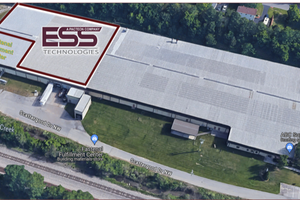How Bionic Interfaces Are Becoming a Reality
September 15, 2014

How Bionic Interfaces Are Becoming a RealityUpdated September 25, 2014From better brain-computer interfaces to a bionic arm prosthesis that reads brain signals in order to move, human beings and computers are increasingly combining—and potentially taking the cyborg out of the realm of science fiction.The advances are the result of major research efforts taking advantage of the latest advances in computer processing, robotics and neurology to turn brain signals into actions in machines.“Being able to control computers and mechanical systems with thought alone would be the ultimate user interface,” Dan Stipe, senior director of industrial design at Forma Medical Device Design (Raleigh, NC), said in a discussion on LinkedIn’s Medical Devices Group.“Work toward this goal has been going on for some time. I think we're seeing results now because the technology to detect the brain's electrical activity has advanced to a point that it can do so with the fidelity that's required. Analysis software and robotic control systems have also advanced to the point where the breakthroughs we are seeing now have become possible.”Medtech—especially in the field of prosthetics—may never be the same.Read on to find out more.Refresh your medical device industry knowledge at MD&M Chicago, October 15-16, 2014, and MD&M Minneapolis, October 29-30, 2014.Chris Newmarker is senior editor of Qmed and MPMN. Follow him on Twitter at @newmarker.Like what you’re reading? Subscribe to our daily e-newsletter.
How Bionic Interfaces Are Becoming a Reality
Updated September 25, 2014
From better brain-computer interfaces to a bionic arm prosthesis that reads brain signals in order to move, human beings and computers are increasingly combining—and potentially taking the cyborg out of the realm of science fiction.
The advances are the result of major research efforts taking advantage of the latest advances in computer processing, robotics and neurology to turn brain signals into actions in machines.
“Being able to control computers and mechanical systems with thought alone would be the ultimate user interface,” Dan Stipe, senior director of industrial design at Forma Medical Device Design (Raleigh, NC), said in a discussion on LinkedIn’s Medical Devices Group.
“Work toward this goal has been going on for some time. I think we're seeing results now because the technology to detect the brain's electrical activity has advanced to a point that it can do so with the fidelity that's required. Analysis software and robotic control systems have also advanced to the point where the breakthroughs we are seeing now have become possible.”
Medtech—especially in the field of prosthetics—may never be the same.
Refresh your medical device industry knowledge at MD&M Chicago, October 15-16, 2014, and MD&M Minneapolis, October 29-30, 2014. |
Chris Newmarker is senior editor of Qmed and MPMN. Follow him on Twitter at @newmarker.
Like what you’re reading? Subscribe to our daily e-newsletter.
You May Also Like


